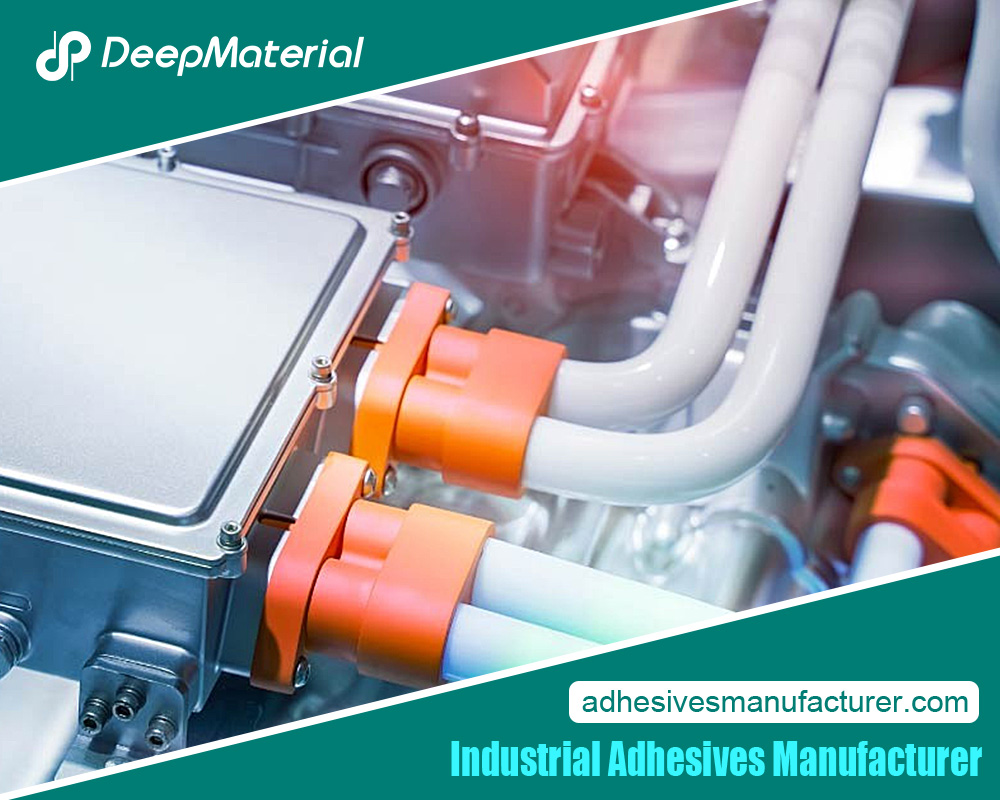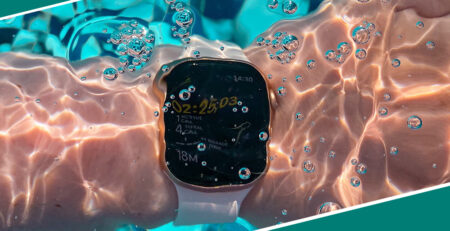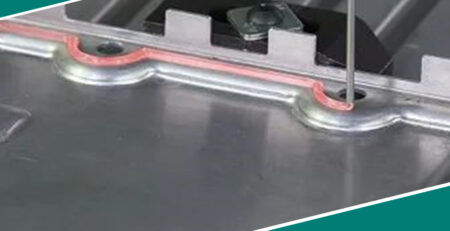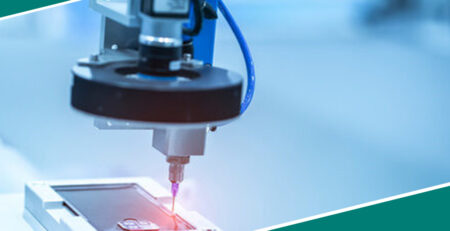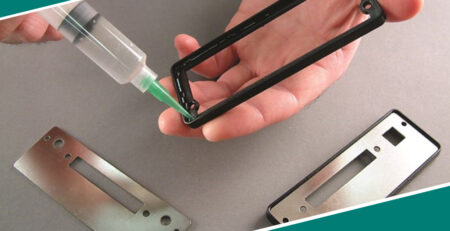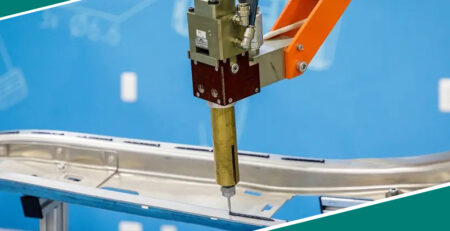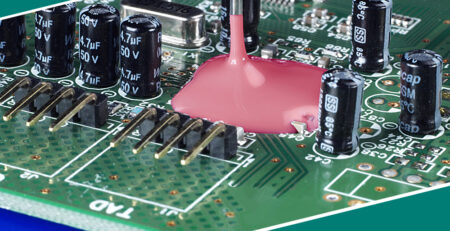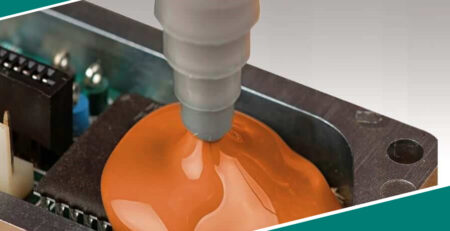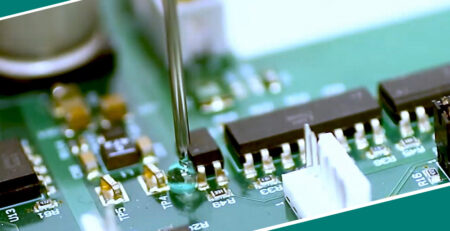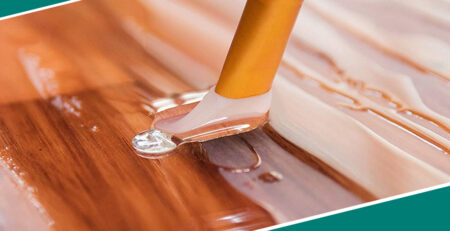Exploring the Mechanical Properties of High Refractive Index Epoxy Adhesive Glue
Exploring the Mechanical Properties of High Refractive Index Epoxy Adhesive Glue
In material science, the development of adhesives with enhanced optical and mechanical properties is pivotal for advancing various technological applications. This article delves into the mechanical properties of high refractive index epoxy adhesive glue, a material distinguished by its superior light-bending capabilities and robust bonding strength.
By examining its tensile strength, elasticity, and durability under different environmental conditions, we gain insights into its potential uses in industries ranging from electronics to optics. This exploration not only highlights the technical aspects but also sheds light on the practical implications of using high refractive index epoxy adhesives in cutting-edge applications.
Understanding the Importance of Mechanical Properties in Adhesive Applications
The mechanical properties of an adhesive are fundamental to its performance and durability in various applications. These properties determine the ability of the adhesive to withstand the stresses and forces it will encounter during its service life. The role of mechanical properties in adhesive applications is multifaceted, as they influence the overall strength, reliability, and longevity of the adhesive bonds.
Adhesive bonds are subjected to a wide range of mechanical stresses, including tensile, compressive, shear, and impact forces. The ability of the adhesive to resist these stresses and maintain its integrity is crucial for the successful and long-lasting performance of the bonded assembly. Adhesives with superior mechanical properties, such as high tensile strength and impact resistance, can better withstand the forces acting on the joint, ensuring that the bond remains intact and functional over time.
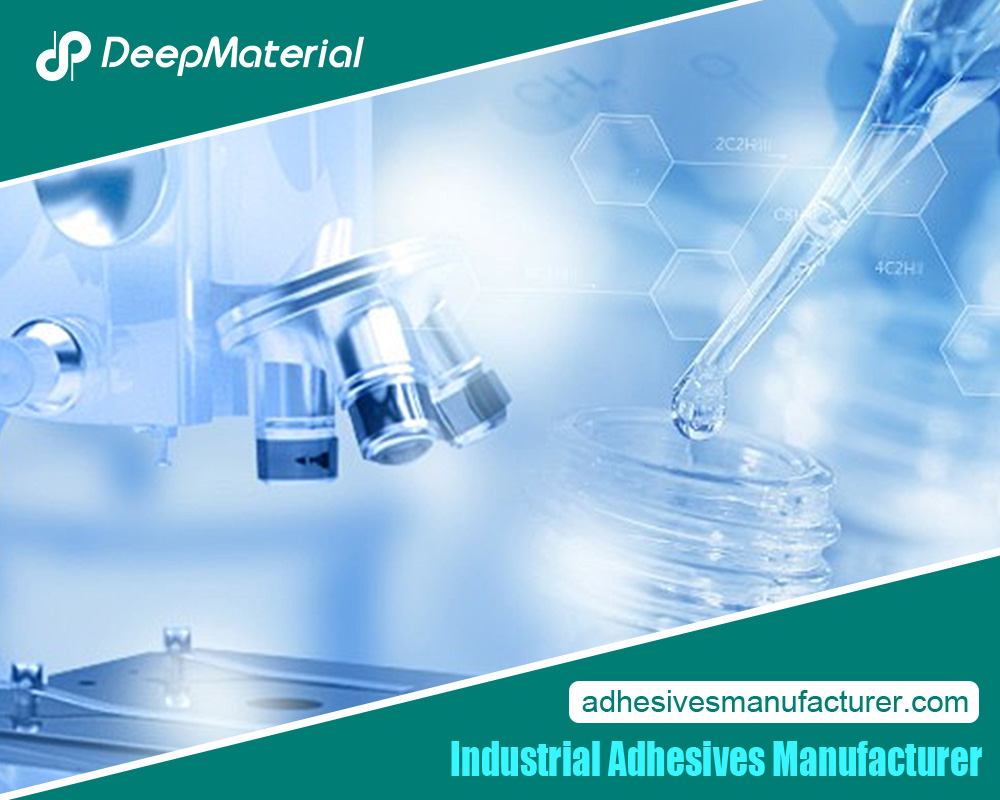 Factors Influencing the Mechanical Properties of Epoxy Adhesive Glue
Factors Influencing the Mechanical Properties of Epoxy Adhesive Glue
The mechanical properties of epoxy adhesive glue are influenced by a variety of factors, including the composition and formulation of the adhesive, the curing process and conditions, and the environmental factors to which the adhesive is exposed.
The composition and formulation of the epoxy adhesive play a significant role in determining its mechanical properties. The selection of the epoxy resin, hardener, and other additives can significantly impact the adhesive’s strength, flexibility, and resistance to various stresses. Manufacturers carefully formulate the adhesive to achieve the desired balance of properties, tailoring it to the specific requirements of the intended application.
The curing process and conditions also have a profound impact on the mechanical properties of the epoxy adhesive glue. The temperature, humidity, and duration of the curing process can influence the cross-linking and molecular structure of the adhesive, which in turn affects its strength, flexibility, and resistance to environmental factors. Proper curing is essential for ensuring the optimal mechanical performance of the adhesive.
Tensile Strength and Elongation at Break: Evaluating the Bonding Capabilities
Tensile strength is a key mechanical property that measures how well the epoxy adhesive glue can handle being pulled or stretched. It’s super important for when the glue needs to hold things that get yanked a lot, like in building structures or materials that go through a lot of stress.
When we talk about the tensile strength of the glue, we’re really talking about its ability to hang on tight and not snap when it’s pulled. If it has high tensile strength, it means the glue can spread out the stress over the bond, keeping the connection strong and sturdy. This is crucial for projects that need to keep it together under tension, like in planes, cars, or buildings that have to bear loads.
Elongation at break is another important property. It tells us how much the glue can stretch or bend before it breaks. A high elongation at break means the glue isn’t just strong, but also flexible, able to take some movement or bending without the bond breaking.
Compressive Strength: Assessing the Load-Bearing Capacity
Compressive strength is another crucial property for epoxy adhesive glue, especially when the glue has to deal with a lot of squishing forces. This property measures how well the glue can stand up to being pushed or squeezed.
In many jobs like building structures or putting together heavy machinery, the glue needs to cope with loads pushing down or squeezing together. The compressive strength of the glue influences how well it can keep the bond from buckling or squishing under these conditions.
Glues with high compressive strength are great at spreading out these squeezing loads across the bond. This is important in situations where there’s a risk of the glue getting crushed or warped by heavy weights or sudden impacts.
Flexural Strength: Examining the Resistance to Bending Stresses
Flexural strength is a big deal for epoxy adhesive glue when the stuff it’s sticking together might bend or twist. It measures the glue’s ability to resist breaking or failing when it faces bending forces.
In scenarios where the bonded parts might bend, like in beams or panels, having strong glue is key to keeping the bond secure and preventing it from snapping under the strain.
Glues with good flexural strength are champs at handling these bending stresses. They help prevent cracks or layers from splitting apart. This strength is especially needed where the bond might face ongoing movements, temperature changes, or other bending pressures.
Impact Resistance: Determining the Ability to Withstand Sudden Impacts
Impact resistance is super important for epoxy adhesive glue, especially when the things it holds together might get smacked around by surprise. This property checks how well the adhesive can soak up and handle the shock from sudden, powerful hits without letting the bond fall apart.
In fields like transportation, manufacturing, and construction, parts glued together often face unexpected bangs, bumps, or other sudden forces. The ability of the epoxy adhesive glue to resist impact is key to keeping everything in one piece and avoiding a total disaster.
Glues that are good at absorbing shocks can stop cracks, layers coming apart, or the whole bond breaking down. This is crucial for items that might get hit unexpectedly, like in vehicle construction, machinery, or equipment.
Thermal Stability and Dimensional Stability: Ensuring Reliable Performance
Thermal stability and dimensional stability are super important for epoxy adhesive glue, especially in environments that heat up or cool down a lot.
Thermal stability means the glue keeps its strength, stretchiness, and stickiness even when things get hot. This is a must-have in places like cars, planes, or industrial spots where temperatures can soar.
Glues with great thermal stability won’t break down, soften, or weaken under heat, keeping everything running smoothly for the long haul. Manufacturers get this right by tweaking the glue’s recipe and the way it cures, so it’s ready to handle the heat it will face on the job.
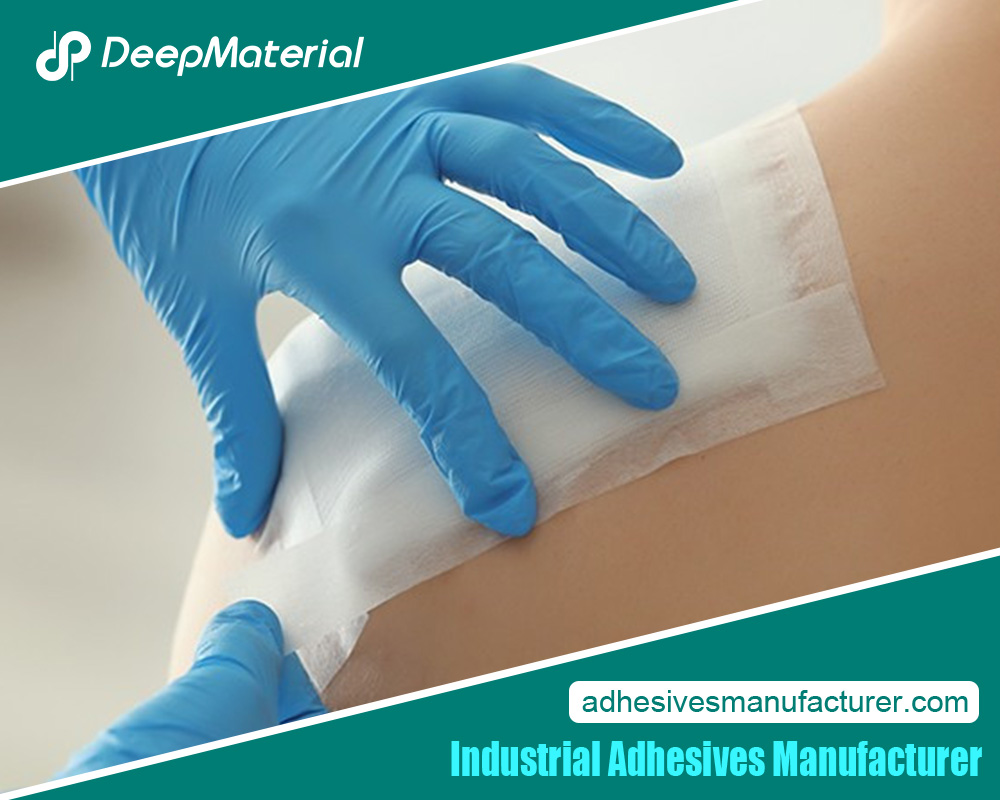 Final Words
Final Words
In wrapping up, diving into the mechanical traits of high refractive index epoxy adhesive glue gives us some solid clues about how it might perform in real-world scenarios. This study sheds light on its top-notch optical clarity, outstanding stickiness, and tough-as-nails durability. These features make it a perfect fit for fields that need precise optical matching and strong, reliable bonds.
Looking ahead, there’s room to tweak these adhesives even more, tailoring them for particular uses that could see them popping up everywhere from electronics to optics, and even in advanced manufacturing spaces. Getting a grip on these properties is key to mixing up glue recipes that meet the sharp specifications demanded by today’s tech-heavy applications.
For more about exploring the mechanical properties of high refractive index epoxy adhesive glue, you can pay a visit to Deepmaterial at https://www.adhesivesmanufacturer.com/ for more info.

